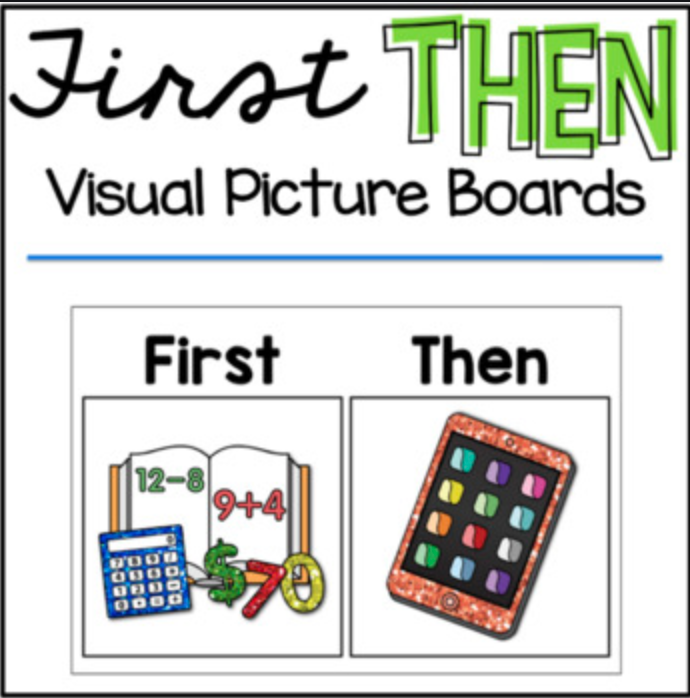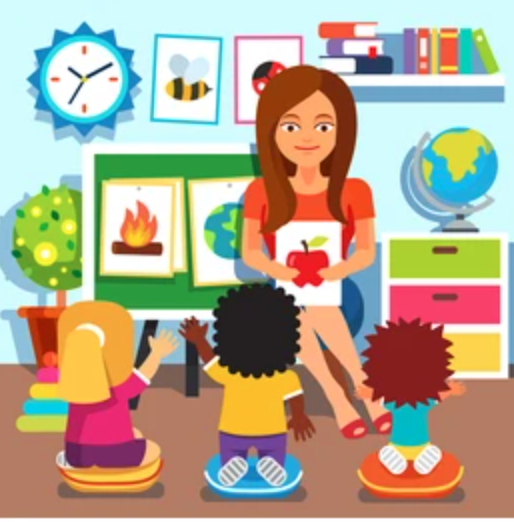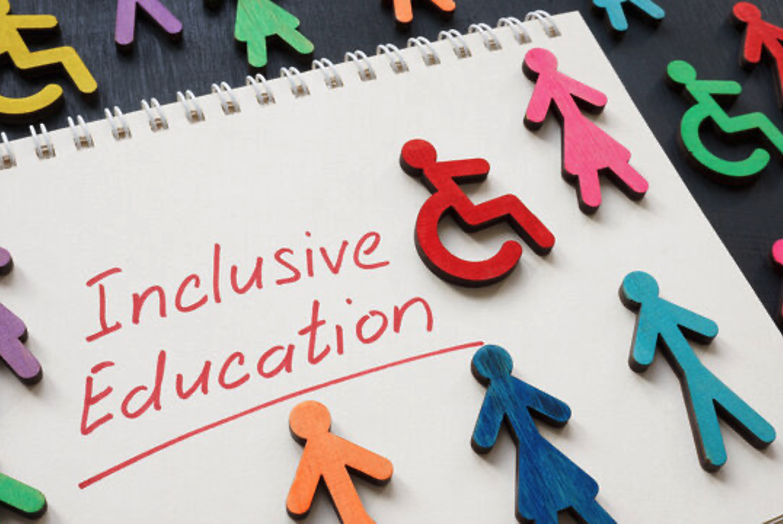Why it is important to design and structure successful learning environments?
Strategies for learners with Autism Spectrum Disorder

Evidence-Based Strategies for Learners with Special Needs
Why it is important to design and structure successful learning environments that meet the sensory and learning needs of students with special needs
“Sensory and motor stimulation do not only take place in the classroom, but much of it takes place outside, on the playground, if the environment is favourable” (Nel, Joubert, & Hartell, 2017, p. 1). It is within a multi-sensory learning environment where the senses are stimulated, especially for our learners with special needs (Davies, 2011). According to Broadbent, Osborne, Rea, Peng, Mareschal, and Kirkham (2018), a multisensory approach to retrieving information from the environment helps to facilitate learning. However, when the learning environment contains an excessive amount of furniture, or unnecessary items on the wall, learning becomes impaired (Broadbent, Osborne, Rea, Peng, Mareschal, and Kirkham, 2018). That is why understanding how to design and implement useful strategies when creating a sensory learning environment can be a valuable tool in successful outcomes for our learners.
Learning environments should contain visual supports, sensory tools in places for the learner to have access to, and boundaries to initiate an elegant flow to the classroom or outdoor space. The purpose of creating such an experience is to provide a catalyst for the sensory systems (Fowler, 2008). Often, our learners with special needs cannot regulate their own sensory systems. Their sensory sensitivities can be greatly triggered by a chaotic environment where order and comfort have no priority (Zazzi & Faragher, 2018). Therefore, an emphasis should be placed on the classroom environment for each sensory learner, in order to cultivate calmness and provide a supportive learning atmosphere.
Visual supports can be identified as visual schedules, first/then boards, communication systems, and labels placed around the classroom. In other words, it is any type of visual item that replaces or is paired with a verbal cue. It helps the learner to identify the expectation of the desired activity or task. Visual schedules provide a foundation for the learner’s ability to understand what is going on in their world (Ruhela & Parween, 2018). It decreases anxiety and the fear of the unknown, as many of our learners with ASD require predictability in their routine.
Additionally, having a systematized space complete with sensory items that can be used when the learner requires proprioceptive and/or vestibular input is a necessity when sensory experiences are deliberate for learners with ASD (Fowler, 2008). A typical learner is able to modify their learning experience to best fit their needs at a given moment. However, those with special needs, often cannot regulate their own systems and therefore, the environment must be regulated and change as the learner changes.
Resources
Broadbent, H. J., Osborne, t., Rea, M., Peng, A., Mareschal, D., & Kirkham, N. Z. (2018).
Incidental category learning and cognitive load in a multisensory environment across
childhood. Developmental Psychology, 54(6), 1020-1028. Retrieved from
https://doi-org.libproxy.chapman.edu/10.1037/dev0000472
Davies, C. (2011). Creating Multisensory Environments: Practical Ideas for Teaching and
Learning. David Fulton/Nasen, Taylor & Francis Group. Retrieved from
http://eds.b.ebscohost.com.libproxy.chapman.edu/eds/detail/detail?vid=6&sid=2b5cd638
-b638-48e86c347a45a1e47ca%40sessionmgr103&bdata=JkF1dGhUeXBlPWlw L HVpZCZzaXRlPWVkcy1saXZl#AN=ED527754&db=eric
Fowler, S. (2008). Multisensory Rooms and Environments: Controlled Sensory Experiences
for People with Profound and Multiple Disabilities. Jessica Kingsley Publishers.
Nel, A., Joubert, I., & Hartell, C. (2017). Teachers’ perceptions on the design and use of an
outdoor learning environment for sensory and motor stimulation. South African Journal
of Childhood Education, 7(1). Retrieved from https://files.eric.ed.gov/fulltext/EJ118696 1.pdf
Ruhela, V. S., & Parween, S. (2018). Effect of visual communication in tracking activity
schedule among children with autism spectrum disorder. Indian Journal of Health and
Wellbeing, 9(5), 748-751. Retrieved from http://search.ebscohost.com.libproxy.chapman.
edu/login.aspx?direct=true&AuthType=ip,uid&db=aph&AN=130685939&site=eds-live
Zazzi, H., & Faragher, R. (2018). “Visual clutter” in the classroom: Voices of students with
autism spectrum disorder. International Journal of Developmental Disabilities, 64(3),
212-224. Retrieved from http://search.ebscohost.comlibproxy.chapman.edu/login.aspx?
Direct=true&AuthType=ip,uid&db=eric&AN=EJ122&site=eds-live
Related posts






